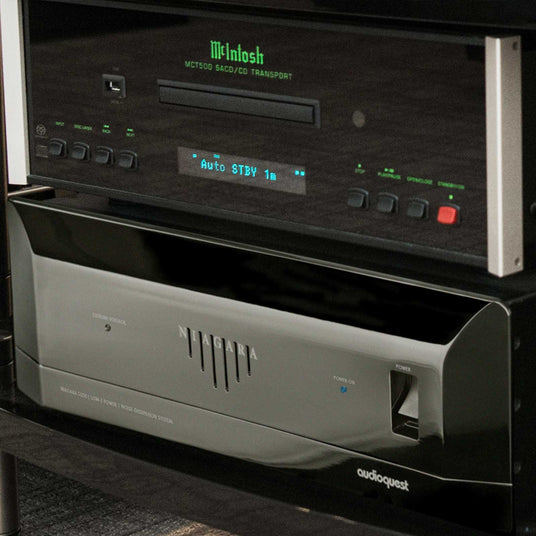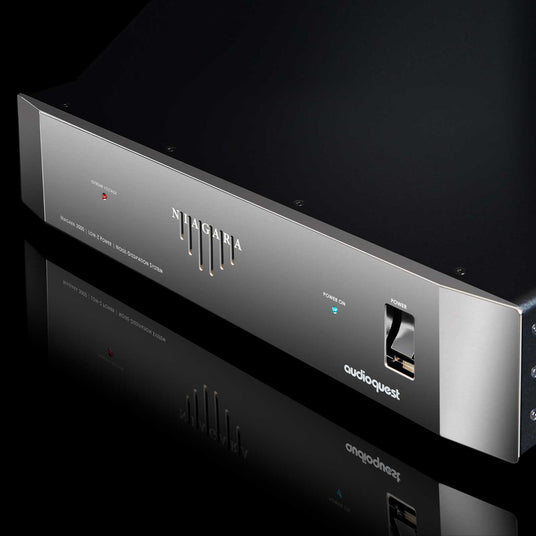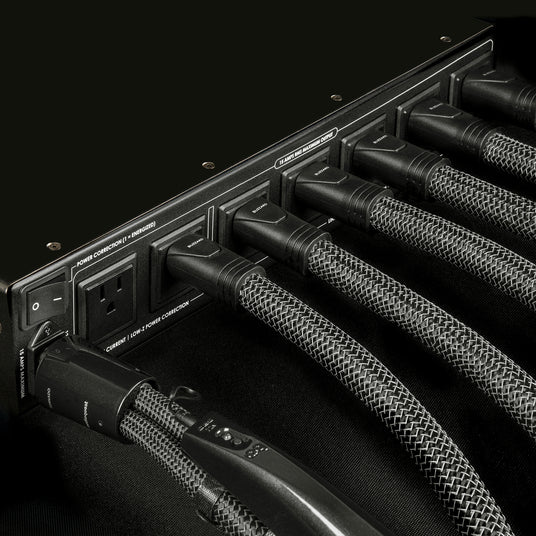
AudioQuest at T.H.E. Show SoCal 2025
Join AudioQuest at T.H.E. Show 2025, right in our back yard in sunny Southern California. We'll contribute power and cables to several world-class systems throughout the show.
Niagara 3000 $3,900.00 Zum Produkt | Niagara 5000 $5,900.00 Zum Produkt | Niagara 7000 $11,000.00 Zum Produkt |
|---|
w/ Linear Noise-Dissipation & Non-Sacrificial Surge Protection
w/ Lineares Rauschdämpfung & nicht-opfernder Überspannungsschutz
w/ Lineares Rausch-Dissipation & Nicht-Opferndem Überspannungsschutz


